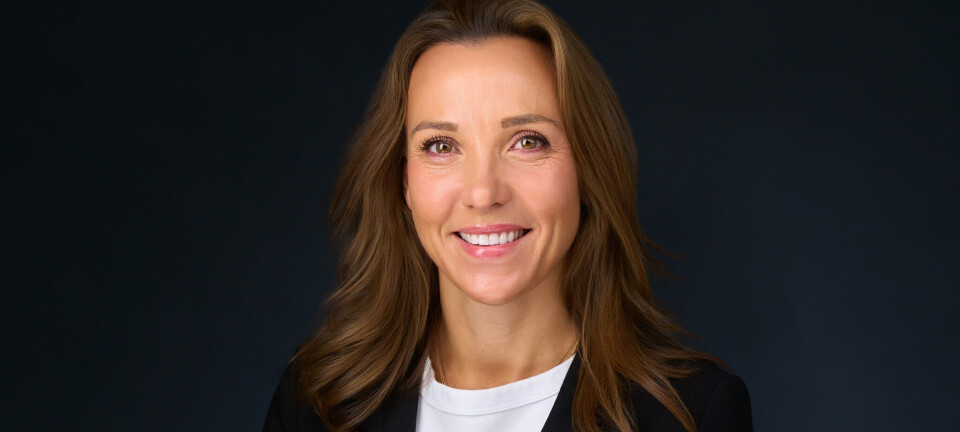
Bridging the Gap Between Physical and Digital Commerce
Bridging the Gap Between Physical and Digital Commerce
When handheld terminals became outdated, an opportunity arose for Brødrene Dahl to build a new solution that could provide a seamless customer experience bridging the gap between physical and digital commerce.
The result was a service platform that empowered Brødrene Dahl to rapidly deliver data and functionality to adapt to constant changes in the market.
Challenge
For most organizations, certain types of software are absolutely vital to operations. In the case of Brødrene Dahl, it was crucial to implement a new business-critical solution to replace the in-store terminals.
Various alternatives were considered, and off-the-shelf solutions primarily tailored to the B2C market were examined. However, these would have required numerous adjustments and adaptations for Brødrene Dahl, which operates in the B2B segment. The decision was made to develop a custom solution, driven by the desire to lay the foundation for a more seamless customer experience across physical and digital channels.
Geared for the Commerce of the Future
In many cases, large organizations rely on legacy or core systems that can be limiting and lack scalability for the changes and adjustments demanded by today's customers and market. When considering a system transition, one might feel bound and restricted due to integrations and adaptations tied to the core system, says CTO Lars Alexander of Novanet.
Is a Service Platform the Answer? And What Exactly Is a Service Platform?

Externally, a service platform appears as a set of services (often in the form of APIs). These services can be utilized by internal solutions and applications, such as a website, online commerce, or a mobile application, as well as by partners requiring access to data. The same services are reused by these solutions and partners.
Within a service platform, innovation can be driven by incorporating tailored business logic and functionality.
From the outside, the services should cover the core functionality of the business. For instance, an online commerce platform requires services to deliver products or prices and handle orders. With this core functionality in place, a foundation for future expansion is laid.
In a service platform, innovation can be driven by incorporating tailored business logic and functionality. This flexibility provides a competitive advantage and the ability to swiftly adapt to market changes. This can prove challenging in heavier core systems where changes and new features are reliant on the vendor.
NOVA's service platform is built upon established technological principles and best practices derived from years of development projects. These principles ensure the platform's robustness, flexibility, and scalability. Additionally, cloud infrastructure is used for platform operations, enhancing scalability opportunities.
Solution
Through NOVA's service platform, Brødrene Dahl maintains full control over their data and data flow. This facilitates simple and secure integrations, reducing dependency on the core system.
By building solutions based on a shared set of principles, sufficient flexibility is achieved to develop robust solutions aligned with customer needs. In Brødrene Dahl's case, the service platform addresses various challenges, such as ensuring customers remain unaffected by core system downtimes. The service platform manages orders and queues them until the system is operational again.
Brødrene Dahl's service platform is built in the cloud using Microsoft Azure, but it's also hybrid with connections to the local network. The project, originally intended to develop a mobile application solution, has now led to the creation of a service platform that caters to all needs related to online commerce. This enables Brødrene Dahl's online commerce, and eventually all companies within Dahl Optimera (now Saint-Gobain Distribution Norway), to make use of it.
Brødrene Dahl has gained significant benefits from investing in a future-oriented platform that will endure for decades, avoiding the temptation of a shortcut as a response to the critical business challenge that emerged explains Lars Alexander, CTO at Novanet.
The team
The app and service platform were developed by Novanet in collaboration with a team, project manager, and project owner from Brødrene Dahl. Northern Beat handled user experience and design for the mobile app and checkout system. Novanet's app development partner led the app development team. A project team from Brødrene Dahl's owners in France was also involved in the development process. The service platform is continuously developed by four developers from Novanet. Additionally, Epinova now assists with a development team to transition Flisekompaniet to the service platform.
Reach out












